Role Actress Name Constance Bennett | Years active 1916–1965 Occupation Actress Height 1.62 m | |
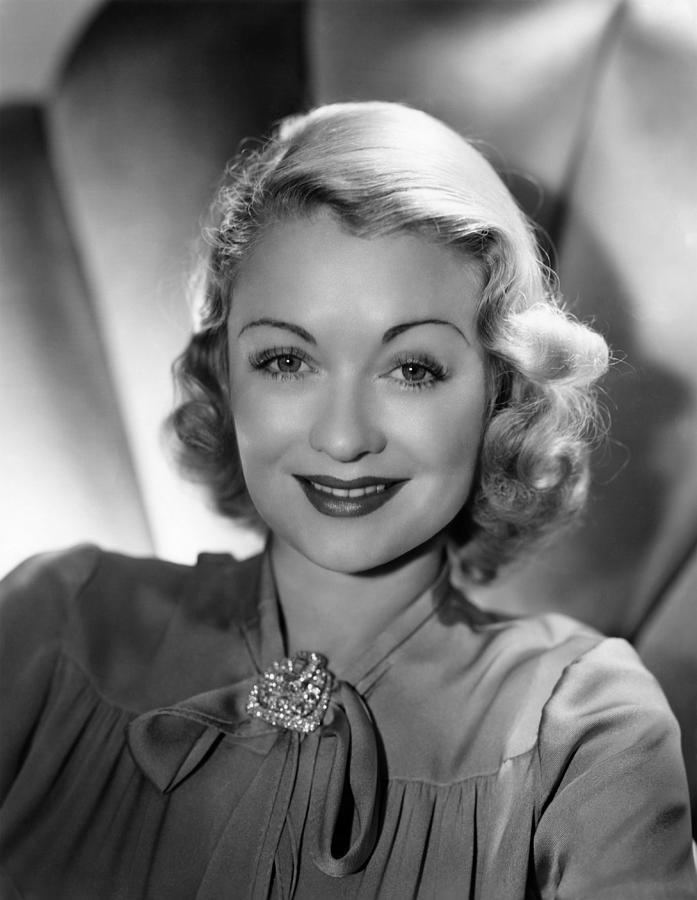 | ||
Born October 22, 1904 ( 1904-10-22 ) New York City, New York, U.S. Resting place Arlington National CemeteryPlot: Section 3, Lot 2231-A, Grid P-13 Children Peter Bennett Plant (b. 1929; adopted 1930)Lorinda Roland (b. 1938)Christina (a.k.a. Gyl) Roland (b. 1941) Parent(s) Richard BennettAdrienne Morrison Died July 24, 1965, Fort Dix, New Jersey, United States Siblings Joan Bennett, Barbara Bennett Spouse John Theron Coulter (m. 1946–1965) Movies Topper, What Price Hollywood?, Two‑Faced Woman, Merrily We Live, Sin Takes a Holiday Similar People | ||
Cause of death cerebral hemorrhage | ||
Constance Bennett and Gilbert Roland
Constance Bennett - Top 30 Highest Rated Movies
Constance Campbell Bennett (October 22, 1904 – July 24, 1965) was an American stage, film, radio and television actress. She was a major Hollywood star during the 1920s and 1930s and for a time during the early 1930s, she was the highest-paid actress in Hollywood, as well as one of the most popular. Bennett frequently played society women, focusing on melodramas in the early 1930s and then taking more comedic roles in the late 1930s and 1940s. She is best known today for her leading roles in What Price Hollywood? (1932), Topper (1937), Topper Takes a Trip (1938), and had a prominent supporting role in Greta Garbo's last film, Two-Faced Woman (1941).
Contents
- Constance Bennett and Gilbert Roland
- Constance Bennett Top 30 Highest Rated Movies
- Early life
- Career
- Personal life
- Chester Hirst Moorehead
- Philip Morgan Plant
- Henry de la Falaise
- Gilbert Roland and John Theron Coulter
- Later career and death
- Filmography
- References
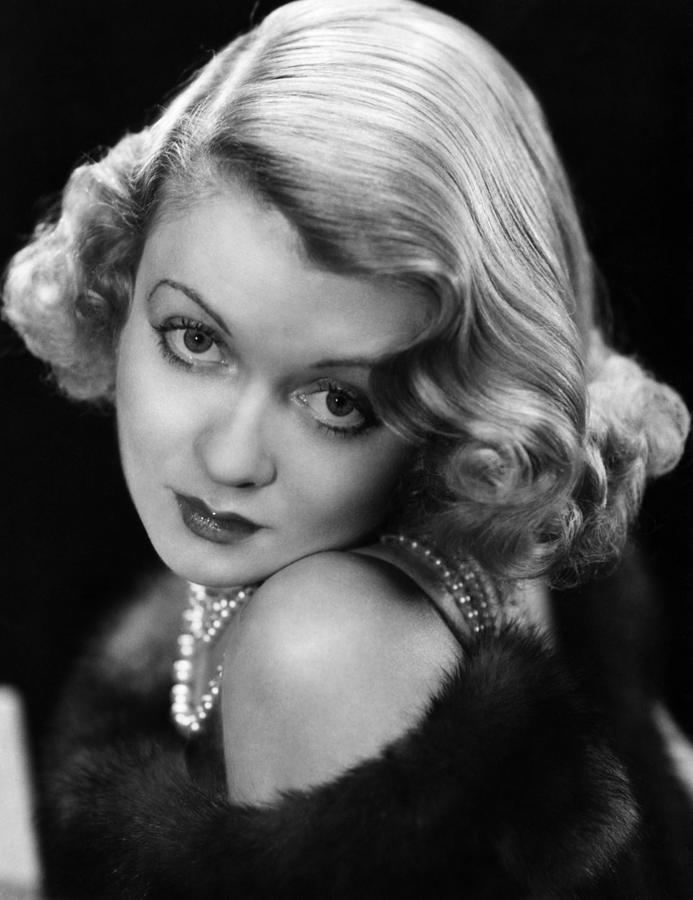
She was the daughter of stage and silent film star Richard Bennett, and the older sister of actress Joan Bennett.
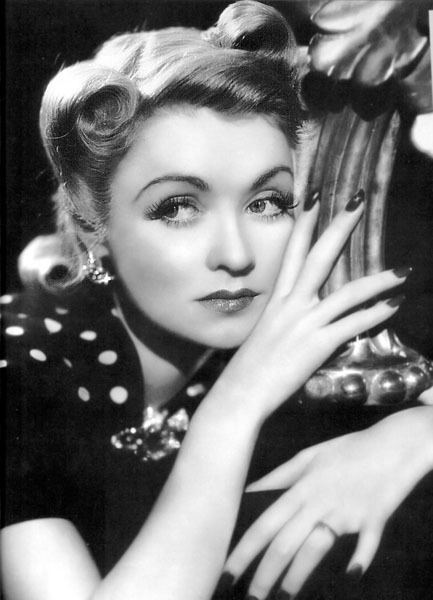
Early life
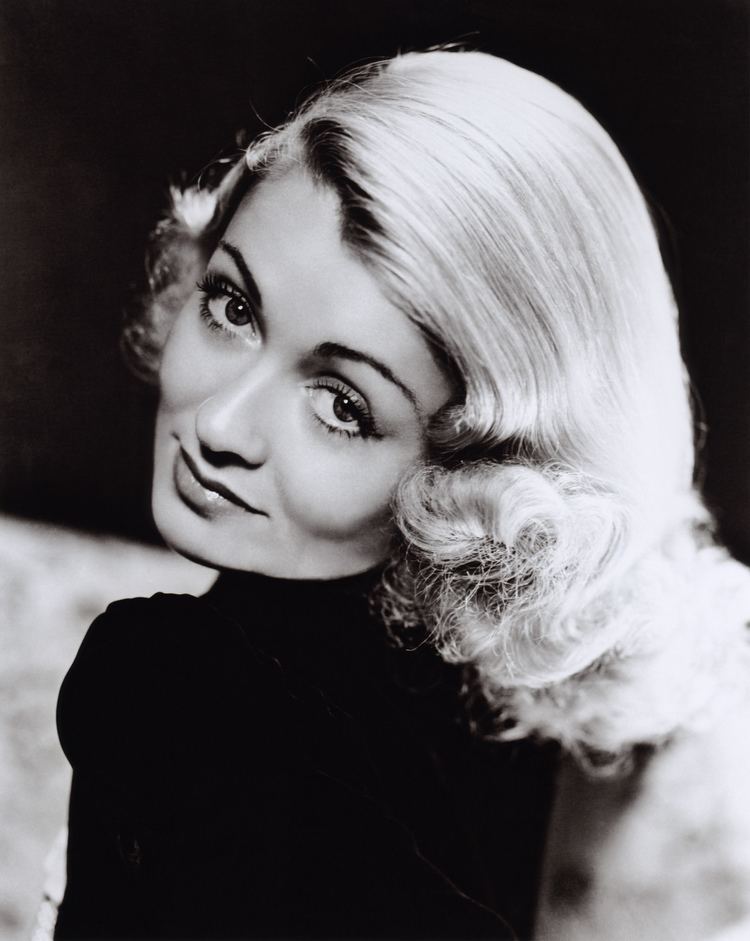
Bennett was born in New York City, the eldest of three daughters of actor Richard Bennett and actress Adrienne Morrison, whose father was the stage actor Lewis Morrison (Morris W. Morris), a performer of English, Spanish, Jewish, and African ancestry. Constance's younger sisters were actresses Joan Bennett and Barbara Bennett. All three girls attended the Chapin School in New York.
Career
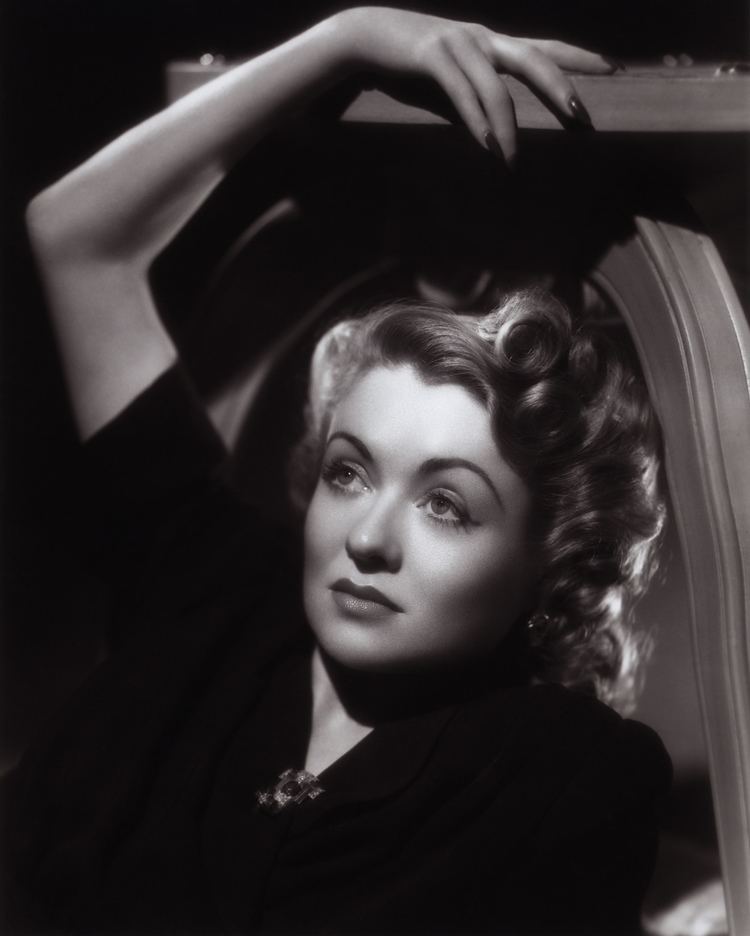
After some time spent in a convent, Bennett went into the family business. Independent, cultured, ironic and outspoken, Constance, the first Bennett sister to enter motion pictures, appeared in New York-produced silent movies before a meeting with Samuel Goldwyn led to her Hollywood debut in Cytherea (1924). She abandoned a burgeoning career in silents for marriage to Philip Plant in 1925, but resumed her film career after their divorce, with the advent of talking pictures (1929), and with her delicate blonde features and glamorous fashion style, she quickly became a popular film star.
In the early 1930s, Bennett was frequently among the top actresses named in audience popularity and box-office polls. For a short time, she was the highest-paid actress in Hollywood. So successful was Bennett during this time, that RKO, Bennett's home studio at the time, controlled the careers of actresses Ann Harding and Helen Twelvetrees in a similar manner, hoping to duplicate Bennett's success.
In 1931, a short-lived contract with Metro-Goldwyn-Mayer earned her $300,000 for two movies which included The Easiest Way and made her one of the highest paid stars in Hollywood. Warner Brothers paid her the all-time high salary of $30,000 a week for Bought! in 1931. Richard Bennett, her father, was also cast in this film.
The next year she moved to RKO, where she acted in What Price Hollywood? (1932), directed by George Cukor, an ironic and at the same time tragic behind-the-scenes looks at the old Hollywood studio system, in which she portrayed waitress Mary Evans, who becomes a movie star. Lowell Sherman co-starred as the film director who discovers her, and Neil Hamilton as the wealthy playboy she marries. It was a critical and box office hit at the time of its release. The film Morning Glory had been written with Bennett in mind for the lead role, but producer Pandro S. Berman gave the role to Katharine Hepburn, who won an Academy Award for her performance.
Bennett next showed her versatility in the likes of Our Betters (1933), Bed of Roses (1933) with Pert Kelton, After Tonight (1933) (co-starring with future husband Gilbert Roland), The Affairs of Cellini (1934), After Office Hours (1935) with Clark Gable, the original Topper (1937, in a career standout as Marian Kerby opposite Cary Grant, a role she repeated in the 1939 sequel, Topper Takes a Trip), the ultimate madcap family comedy Merrily We Live (1938) and Two-Faced Woman (1941, supporting Greta Garbo).
By the 1940s, Bennett was working less frequently in film but was in demand in both radio and theatre. She had her own program, Constance Bennett Calls on You, on ABC radio in 1945-1946. Shrewd investments had made her a wealthy woman, and she founded a cosmetics and clothing company.
Personal life
Bennett was married five times and had three children.
Chester Hirst Moorehead
On June 15, 1921, Bennett eloped with Chester Hirst Moorehead of Chicago, a student at the University of Virginia who was the son of an oral surgeon. They were married by a justice of the peace in Greenwich, Connecticut. Bennett was 17 at the time. A New York Times article that reported the elopement noted, "The parents of Miss Bennett were opposed to their marriage at this time solely on account of their youth." The marriage was annulled in 1923.
Philip Morgan Plant
Bennett's next serious relationship was with millionaire socialite Philip Morgan Plant. Her parents planned a cruise to Europe, taking Constance with them, to separate the couple. As the ship was preparing to leave port, however, the Bennetts saw Plant and his parents boarding, too. A contemporary newspaper article reported, "Now the little beauty and the heir to all the Plant Millions were assured a week of the cosy intimacy which an ocean liner affords." In November 1925, the two eloped and were married in Greenwich, Connecticut, by the same justice of the peace who officiated at Bennett's wedding to Moorehead. They divorced in a French court in 1929.
In 1932, Bennett returned from Europe with a three-year-old child, whom she claimed to have adopted and named Peter Bennett Plant. In 1942, however, during a battle over a large trust fund established to benefit any descendants of her former husband, Bennett announced that her adopted son actually was her natural child by Plant, born after the divorce and kept hidden to ensure that the child's biological father did not get custody. During the court hearings, the actress told her former mother-in-law and her husband's widow that "if she got to the witness stand she would give a complete account of her life with Plant. The matter was settled out of court."
Henry de la Falaise
In 1931, Bennett made headlines when she married one of Gloria Swanson's former husbands, Henri le Bailly, the Marquis de La Coudraye de La Falaise, a French nobleman and film director. She and de la Falaise founded Bennett Pictures Corp. and co-produced two films which were the last filmed in Hollywood in the two-strip Technicolor process, Legong: Dance of the Virgins (1935) filmed in Bali, and Kilou the Killer Tiger (1936), filmed in Indochina. They were divorced in Reno, Nevada in 1940.
Gilbert Roland and John Theron Coulter
Bennett's fourth marriage was to actor Gilbert Roland. They were married in 1941 and had two daughters, Lorinda and Christina; they divorced in 1946. Later that year, Bennett married for the fifth and final time to US Air Force Colonel (later Brigadier General) John Theron Coulter. After her marriage, she concentrated her efforts on providing relief entertainment to US troops still stationed in Europe, winning military honors for her services. Bennett and Coulter remained married until her death in 1965.
Later career and death
She had a major supporting role in Warner Bros' The Unsuspected (1947) opposite Claude Rains, in which she played the program director who helps prove that Rains is guilty of murder. She made no films from the early 1950s until 1965 when she made a comeback in the film Madame X (released posthumously in 1966) playing Lana Turner's mother-in-law.
Shortly after filming was completed, on July 25, 1965, Bennett collapsed and died from a cerebral hemorrhage at the age of 60. In recognition of her military contributions, and as the wife of Theron John Coulter, who had achieved the rank of brigadier general, she was buried in Arlington National Cemetery. Coulter died in 1995 and was buried with her.
Bennett has a star on the Hollywood Walk of Fame for her contribution to motion pictures, at 6250 Hollywood Boulevard, a short distance from the star of her sister, Joan.
